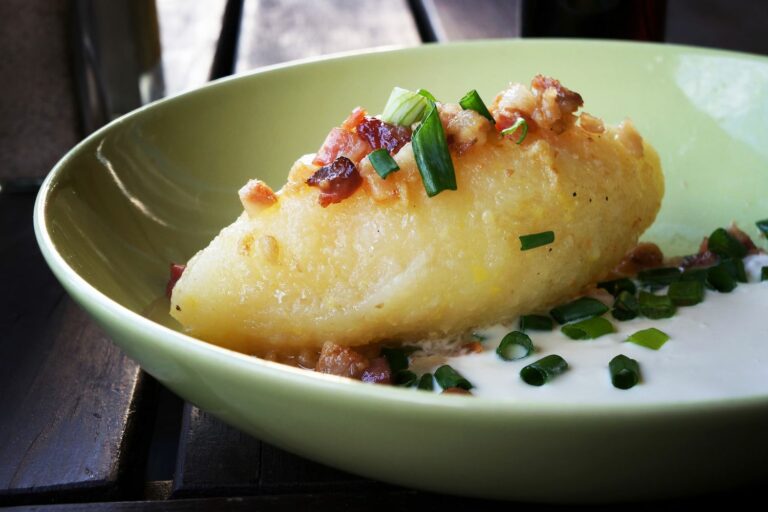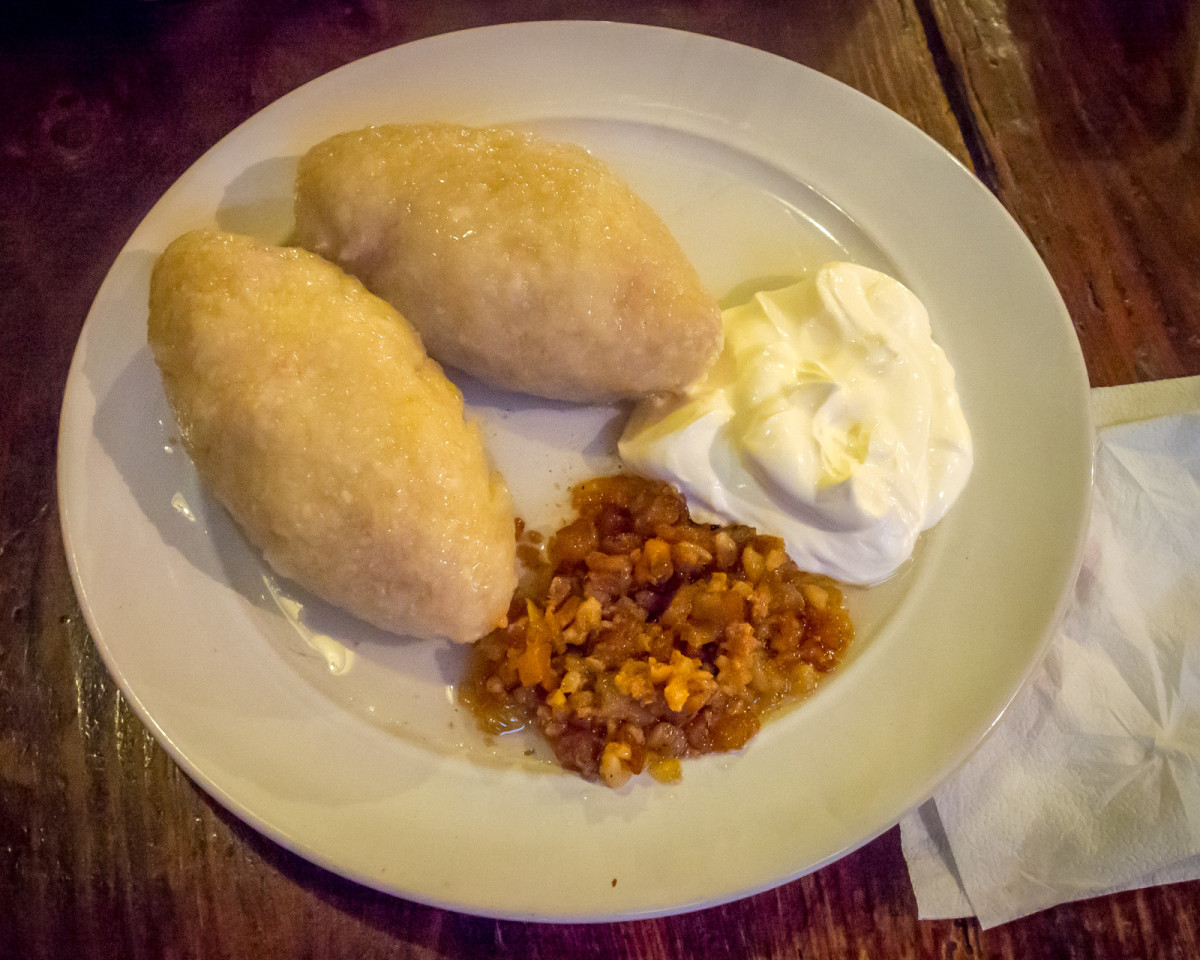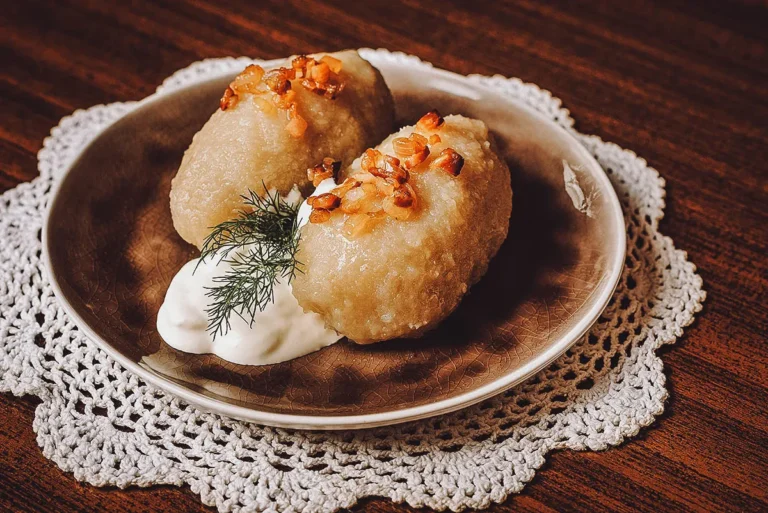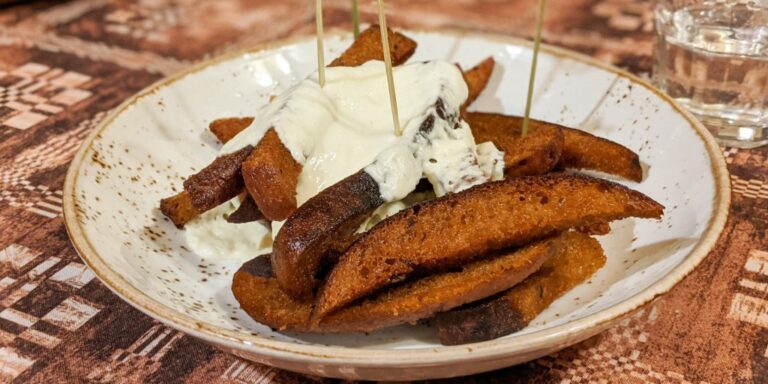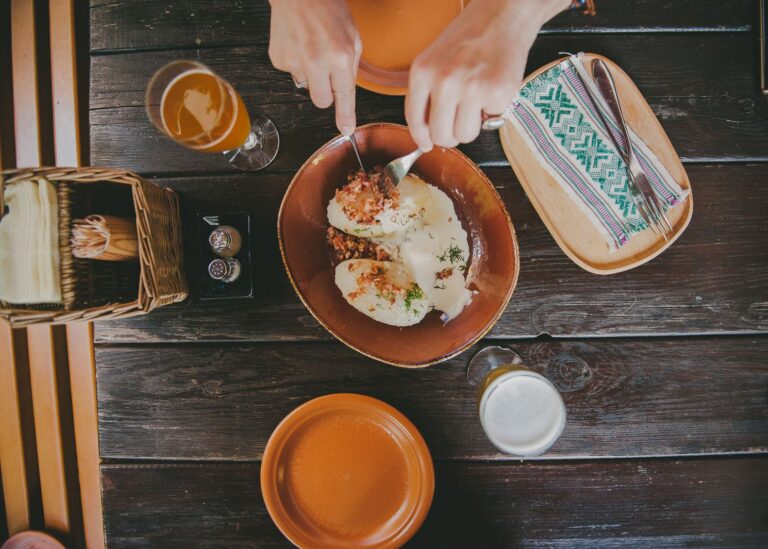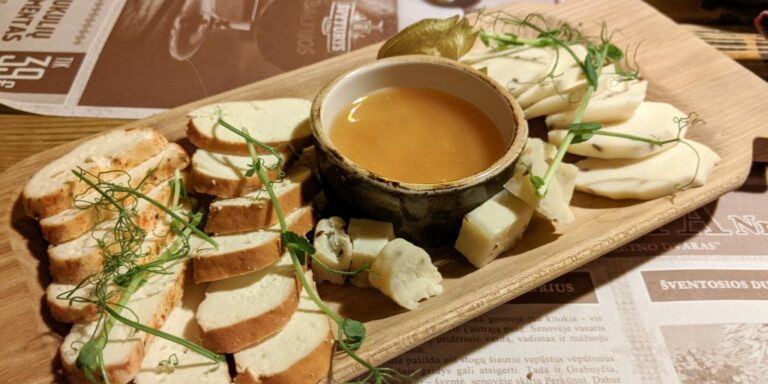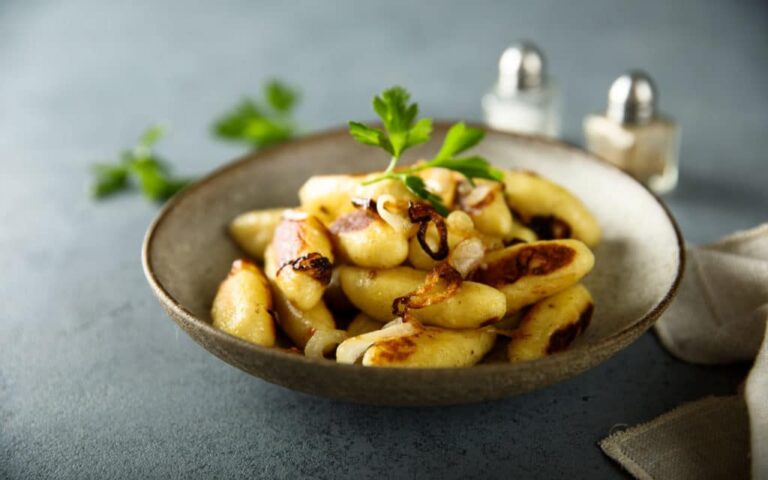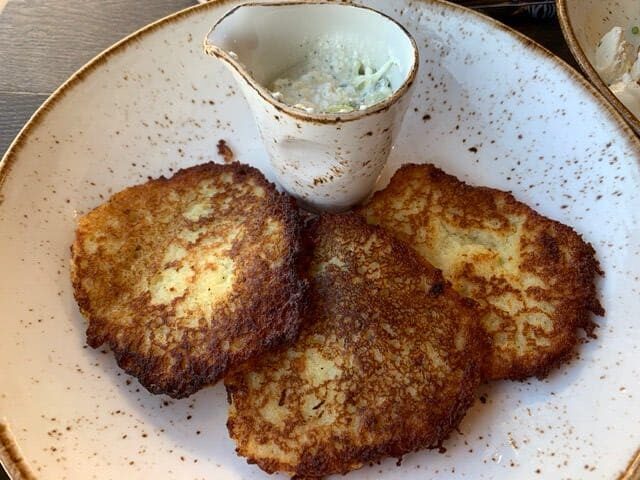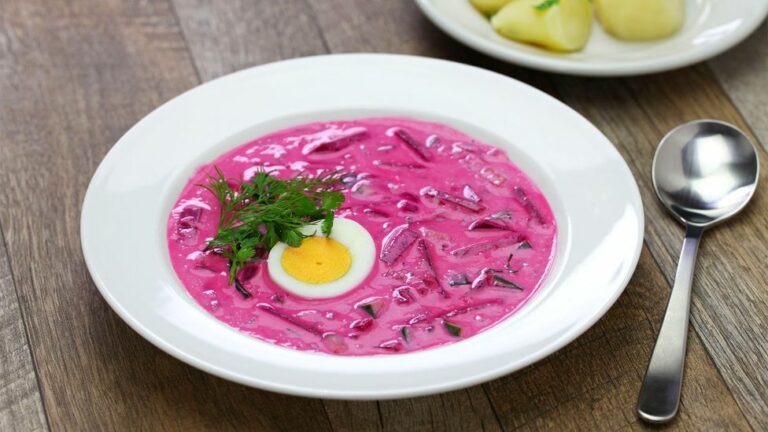Introduction: Lithuanian Cuisine and Breads/Pastries
Lithuanian cuisine is known for its hearty and filling dishes, often incorporating ingredients like potatoes, mushrooms, and meat. However, the country also boasts a variety of delicious breads and pastries that are an important part of the culinary tradition. These baked goods are often enjoyed as a snack or dessert, and may be served at special occasions like weddings or holidays.
Traditional Lithuanian Breads: Pumpernickel and Rye
Two of the most common breads in Lithuanian cuisine are pumpernickel and rye bread. Pumpernickel is a dark, dense bread made from rye flour, often flavored with molasses or other sweeteners. It is typically sliced thinly and served with butter or cheese. Rye bread, on the other hand, is a lighter and more versatile bread that can be used for sandwiches or toast. It is often made with sourdough starter, giving it a tangy flavor.
Sweet Breads and Pastries: Raguolis and Šakotis
Lithuanian cuisine also features a number of sweet breads and pastries. Raguolis, or “horn cake,” is a spiral-shaped cake made with layers of buttery dough and sweet filling like jam or poppy seeds. It is often served at special events like weddings and holidays. Another popular sweet pastry is šakotis, a tall, tree-like cake made on a spit over an open flame. The dough is poured onto the spit and then baked until golden brown, resulting in a crispy exterior and soft, fluffy interior.
Unique Lithuanian Pastries: Kibinai and Šimtalapis
Two unique pastries in Lithuanian cuisine are kibinai and šimtalapis. Kibinai are small, crescent-shaped pastries filled with meat and vegetables. They are often associated with the Karaim minority community in Lithuania, who have their own distinct cuisine. Šimtalapis, on the other hand, is a layered pastry made with thin sheets of dough and sweet filling like apples or nuts. It is typically served during the Christmas season.
Christmas Breads and Pastries: Kūčiukai and Poppy Seed Rolls
Christmas is an important holiday in Lithuania, and there are several traditional breads and pastries associated with the season. Kūčiukai are small, chewy bread rolls flavored with poppy seeds. They are often eaten as a snack during the Christmas season, and are sometimes dipped in honey or poppy seed milk. Poppy seed rolls are another popular Christmas pastry, typically made with a sweet yeast dough and filled with poppy seed paste.
Conclusion: Lithuanian Breads and Pastries in Modern Cuisine
Lithuanian breads and pastries have a long and rich history, and continue to be an important part of the country’s culinary traditions. While some of these baked goods may be less familiar to those outside of Lithuania, they are worth seeking out for their unique flavors and textures. Today, chefs and bakers are experimenting with new ways to incorporate these traditional breads and pastries into modern cuisine, ensuring that they will remain a beloved part of Lithuanian food culture for years to come.


